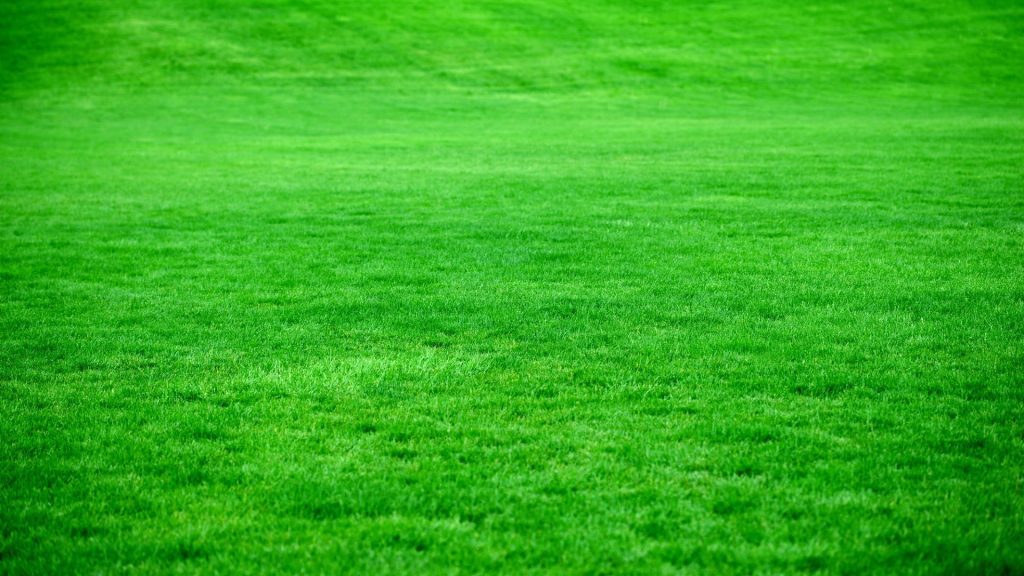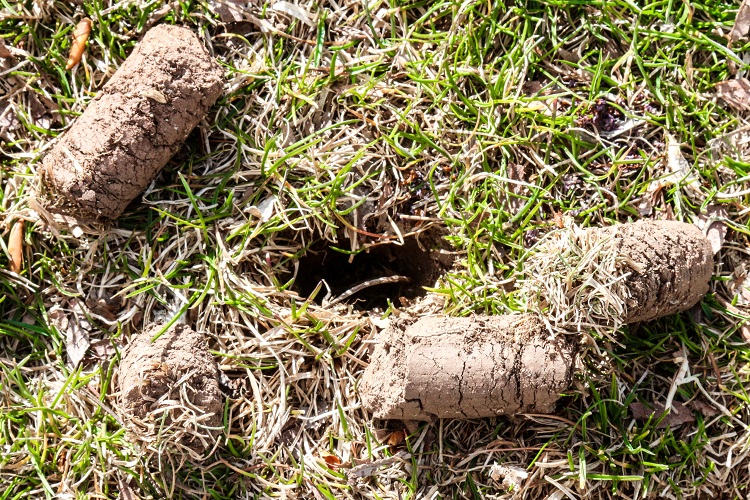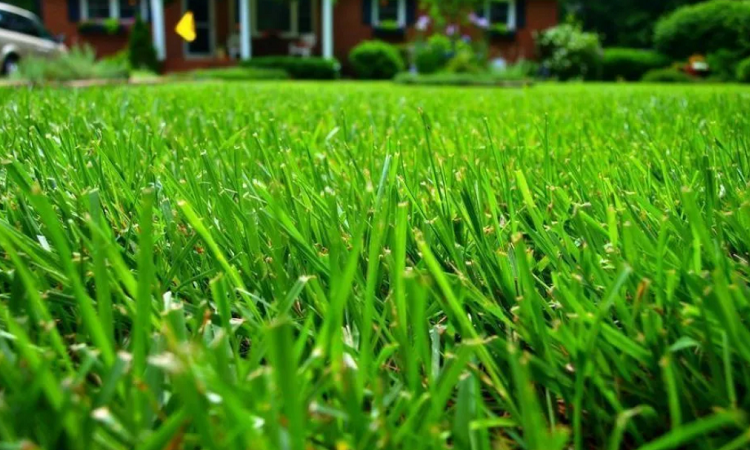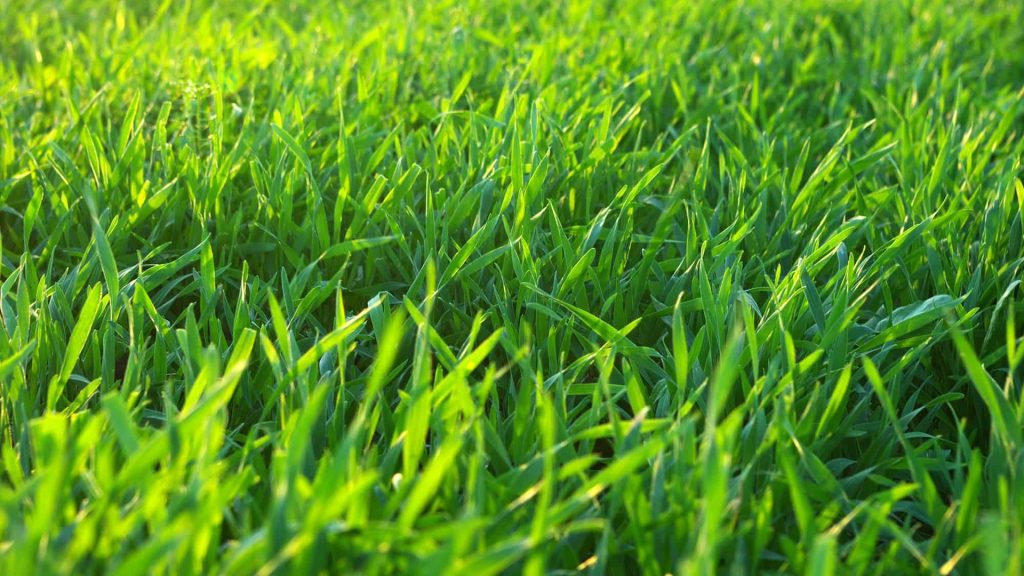
What Is The Zone Of Aeration?
If you want to improve your gardening skills and get a more beautiful lawn, you’ll need to know some important things about your soil. These include its pH level and how compacted it is. It’s also good to know a bit more about what’s referred to as the zone of aeration.
What is the zone of aeration, exactly? The zone of aeration is sometimes known as the root zone. Here, soil aeration occurs so that your grass or plants can grow in a healthy way.
You need to ensure that your soil’s properly aerated and maintained, otherwise, the root zone won’t be able to replenish the soil’s oxygen content. This will cause it to have too much carbon dioxide, which can be toxic. So, with that in mind, here’s everything you need to know about the zone of aeration.
Where Is The Zone Of Aeration?

In more scientific terms, the zone of aeration is an area of an unconfined aquifer (a body of rock that holds groundwater) above the water table. This is where small spaces between rock formations and soil particles are filled with air.
How does it compare to the zone of saturation? This zone varies from the zone of aeration because it’s an area in which spaces that are found between rock structures and soil particles contain water.
When it comes to the zone of aeration, gardeners usually call it the root zone. This is basically an area of soil that has upper layers containing air-filled pockets. Soil aeration is influenced by the moisture that’s inside the soil.
When it comes to plants, the zone of aeration or root zone is regarded as the area where soil and oxygen surround the plant roots. The best root zone should have enough moisture for the plant or grass for between five to eight days.
How Can You Manage Water In The Zone Of Aeration?

You can do various things to manage water in this zone. This can include installing drains so that you draw excess water away from your lawn, or doing core aeration.
This is a process in which a tool or machine pokes holes into the soil so that you can get more water and oxygen into it.
Benefits Of Soil Aeration

If you have heavily compacted soil or soil that’s high in clay content, your soil can benefit from being aerated once a year.
This can be done with liquid solutions (known as liquid aeration) or core aeration, in which an aerator tool pokes deep holes into the ground and pulls up soil plugs to loosen the soil. If your soil is healthy, you should aerate it once every two or three years.
Soil aeration has some important benefits:
- It loosens the soil so that you can boost the growth of your grass or plant roots.
- Since it opens up more space into the soil, it encourages roots to grow deeper into the ground.
- By doing the above, the soil improves nutrient absorption by grass or plants.
- It also enhances water drainage. This decreases the risk of lawn fungal disease.
For the best results, you should make aeration holes in your ground that are three inches deep, three inches or less apart from each other, and approximately ¾ inches in diameter.
Related Questions
How can you tell if your lawn needs more moisture?

You can easily test the soil by poking a hole in it with your finger. Try to get three inches into the soil. If the soil is moist, then it’s well hydrated. If it feels dry, your lawn could do with some watering. However if you want more detailed results you should check the water levels with a soil moisture meter if possible.
Should you aerate your soil during the fall?
You should aerate your lawn when the grass is in its growing period to ensure it will recover fast. This is early in the spring or fall if you have cool-season grass, and late spring through to early summer if you have warm-season grass.
Conclusion
If you’ve ever wondered what the zone of aeration is and how it relates to you as a gardening enthusiast, now you know more information about it. Keeping your soil filled with enough air and moisture is essential to ensure the growth of a healthy lawn and garden.
Resources:

